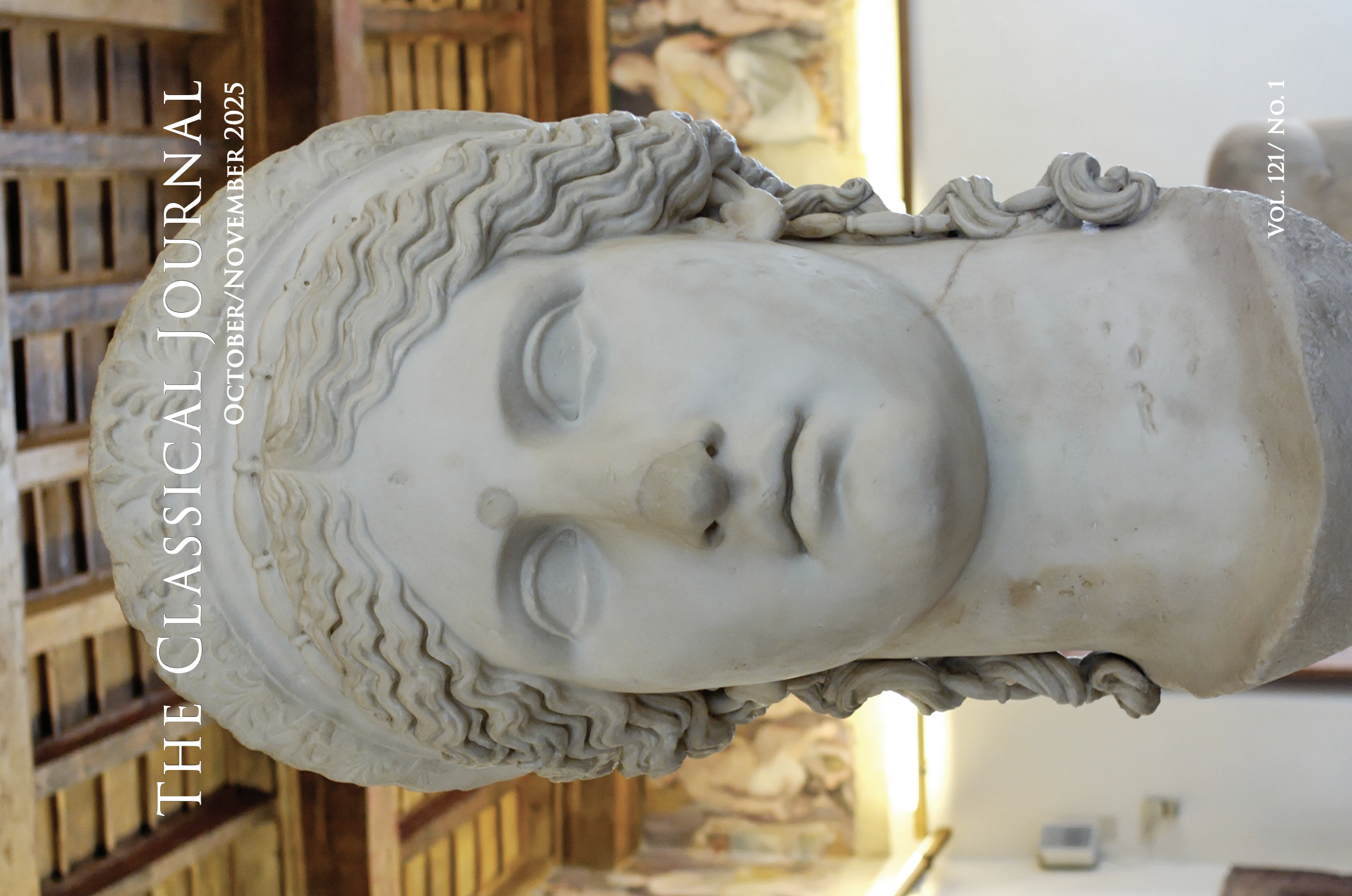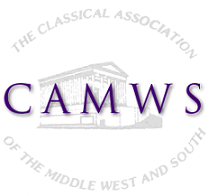The following articles are contained in CJ
103.1
Abstracts of Articles
ARGUMENTS FROM SILENCE: TEXT AND STAGE IN AISCHYLOS' SEVEN AGAINST THEBES
Citing insufficient evidence, recent scholarship denies that the Theban champions were on-stage during the Shield Scene. This argument overlooks situations in which the text is 'silent' about certain characters. Retinue often enter unmentioned; and Eteokles stresses reticence in order to prevent dysphemia, to contrast his champions with Argives, and to justify the silence which the two-actor rule imposes on them. The deictics that refer to the champions perform the 'naming' function typical of entry-announcements, and two perfect tense verbs can be reconciled with the present and future verbs only if the champions are on-stage. With this staging, the scene becomes dramatically dynamic.
THE STRONG ARM OF THE LAW? POLICE CORRUPTION IN PTOLEMAIC EGYPT
Given the broad powers granted its officers, the Ptolemaic law
enforcement system ought to have been plagued by official abuses. Yet
there are few indications that police misbehavior was a serious problem.
Villagers complained about police misbehavior, but many complaints are
suspect, highlighting 'abuses' that look like proper procedure, and the
fact that such complaints were often sent to police officials suggests
that people trusted them. Insubordination in the ranks seems to have
been uncommon; reprimands to subordinates from police administrators are
few; and government circulars and decrees concerning corruption are
often too vague to provide firm conclusions about the extent or even the
types of police wrongdoing.
CRITICAL IMPLICATIONS OF THE CAESURA IN HORATIAN ALCAICS
Scholars have neglected the critical implications of the Horatian Alcaic caesura, whose very regularity creates a set of metrical expectations the poet may variously satisfy, frustrate and play upon for expressive effects. dozens of instances are adduced, and grouped under five heads: transgression, emphasis, antithesis, periodical structure and coordination.
SENECA'S HEROIDES: ELEGY IN SENECA'S MEDEA
This paper analyzes the intertextual relationship between
Seneca's Medea and Ovid's Heroides. Seneca utilizes the Heroides not
only to flesh out his characterization of Medea, but to examine the
differences (and similarities) between the genres of elegy and tragedy.
Seneca's Medea owes her elegiac background to Ovid, but her actions in
the play reveal a self-conscious character striving to surpass previous
representations.
UNIDENTIFIED FLYING OBJECTS IN CLASSICAL ANTIQUITY
A combined historical and scientific approach is applied to
ancient reports of what might today be called unidentified flying
objects (UFOs). Many conventionally explicable phenomena can be weeded
out, leaving a small residue of puzzling reports. These fall neatly into
the same categories as modern UFO reports, suggesting that the UFO
phenomenon, whatever it may be due to, has not changed much over two
millennia.


